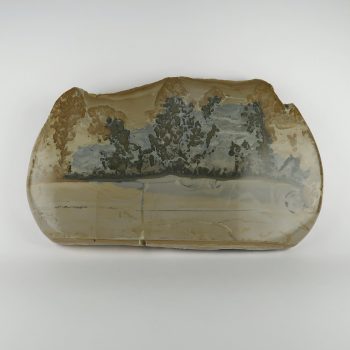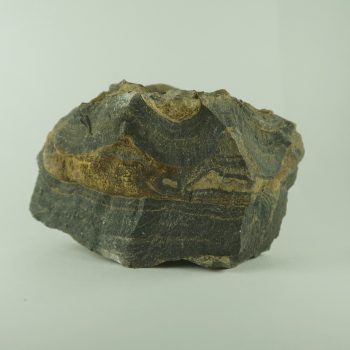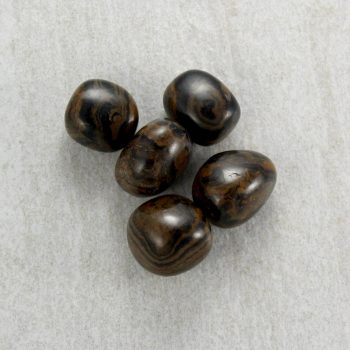Stromatolites
Stromatolite is a type of rock that is formed from the fossilised remains of ancient microorganisms called cyanobacteria, also known as blue-green algae.
These microorganisms lived in shallow marine environments and formed colonies, which over time became fossilized and hardened into rock.
Showing all 3 results
-

Cotham Marble – polished slices
Price range: £12.50 through £22.50 -

Stromatolite specimens
Price range: £5.00 through £6.00 -

Stromatolite Tumblestones
Price range: £1.50 through £2.50
Information about Stromatolite
Stromatolites are layered sedimentary formations created by the growth of cyanobacteria (blue-green algae).
These structures typically appear as domed mounds composed of thin, alternating layers of carbonate or silicate sediments and organic material. They can range from small, pebble-sized formations to massive structures several meters in diameter.
Modern stromatolites are usually found in shallow marine or hypersaline environments, such as Shark Bay in Australia, while ancient stromatolites are preserved as fossils in sedimentary rocks, dating back billions of years.
Uses and History
Stromatolites are primarily valued for their scientific and educational significance.
As some of the oldest evidence of life on Earth, they are studied extensively to understand early ecosystems, the evolution of photosynthesis, and the history of Earth’s atmosphere.
Fossilised stromatolites are used as decorative stones in jewellery, carvings, and ornamental pieces, appreciated for their unique patterns.
Stromatolites are among the oldest biological structures on Earth, with fossil specimens dating back more than 3.5 billion years. They provide evidence of early microbial life and the development of oxygen synthesis, which played a crucial role in shaping Earth’s atmosphere and enabling the rise of more complex life forms.
Stromatolites thrived during the Precambrian era but became less common as more complex organisms evolved and disrupted microbial mats. Modern Stromatolites survive to this day in Shark Bay, Australia.
Mineralogy
Typically grey, brown, or black, earthy colours. Often banded, sometimes dendritic.
Hazards and Warnings
Mineral collectors should wash their hands after handling specimens, to avoid any exposure to potential toxins.
Almost all rocks, minerals (and, frankly, almost all other substances on earth) can produce toxic dust when cutting, which can cause serious respiratory conditions including silicosis.
When cutting or polishing rocks, minerals, shells, etc, all work should be done wet to minimise the dust, and a suitable respirator or extraction system should be used.
Translations
Arabic:
- ستروماتوليت
Hindi:
Portuguese:
- Estromatólito
Bengali:
Indonesian:
Punjabi:
English:
Italian:
Russian:
- Строматолит
French:
Japanese:
- ストロマトライト
Spanish:
- Estromatolito
German:
- Stromatolith
Korean:
- 스트로마톨라이트
Thai:
- สโตรมาโทไลต์
Gujurati:
Mandarin Chinese:
- 叠层石
Urdu:
